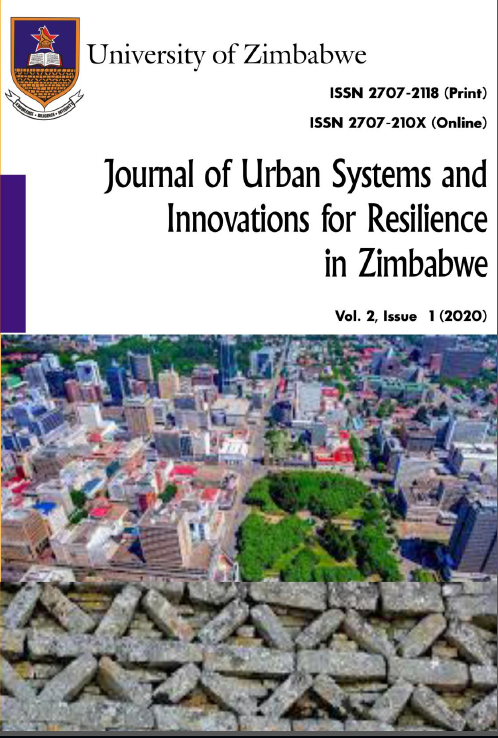Estimating Rooftop Surface Area for Solar Energy Generation: The Case of the University of Zimbabwe
Keywords:
renewable energy, photovoltaic, energy efficiency, sustainabilityAbstract
This article is based on a study that sought to determine the approximate rooftop surface area required for the integration of solar electricity generation at the University of Zimbabwe (UZ) campus. The study promotes the use of renewable sources of energy as a measure of improving urban resilience and addressing the power supply problem currently being faced nationwide. It is observed that the national grid for electricity generation has become less reliable and has caused challenges of power supply in Zimbabwe since time immemorial. Little has been done to solve this problem, resulting in various challenges, such as, hiking power charges, poor service delivery and electricity power cuts. The article proposes a more reliable source of energy - solar energy - which can be more efficient to the UZ. To achieve the objectives of this study, various methodologies were used , such as the case study approach from a global , regional and local context, thematic context analysis and Google Earth. Calculations were also made to measure the area required for the installation of solar panels and the required panels. Four tenets can be noted from this study, that are affordability of solar energy plant, technical knowledge, space required for the solar plant and benefits of adopting this strategy.




